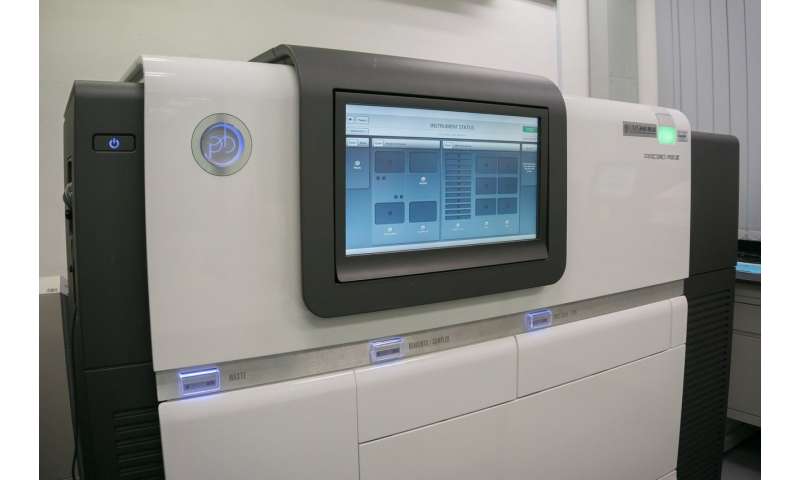
As the debate around privacy and access to personal medical history continues, new research provides insights into the value people place on clinical genomic testing and the factors that influence its uptake.
The risk of results being disclosed to life insurance companies and the cost of genomic testing were the two biggest negative influences on decision making. In some categories people were willing to pay an average A$690 to avoid having their results disclosed to insurers.
The results of the study are published in the latest edition of the international journal, Genetics in Medicine, the official journal of the American College of Medical Genetics and Genomics (ACMMG). The paper posits that the extent to which people are willing to take up genomic sequencing depends on the value they place on that information in a given clinical context.
For example, they are more likely to proceed with testing when:
- They are at risk of having a genetic condition
- The genetic condition is severe
- There are treatment options to alleviate symptoms
- The information can improve their medical care, or
- They could receive secondary findings, such as learning about future risk of other treatable genetic conditions
“This is the first time we have attempted to measure the value society places on genomic testing in both children and adults,” lead author Dr. Ilias Goranitis says.
“We identified substantial personal utility in genomic sequencing. Currently, most aspects of this personal utility are not considered when healthcare decisions are made, particularly when it comes to public reimbursements for genomic tests.
“We hope this research will help inform those decisions by expanding the way we understand and value the benefits of genomic testing, enabling a more appropriate evaluation framework for informing healthcare priorities.”
The study finds that, depending on the clinical context, the value that individuals place on genomic testing ranges between A$5,470 and A$15,250 for conditions affecting children.
Source: Read Full Article
